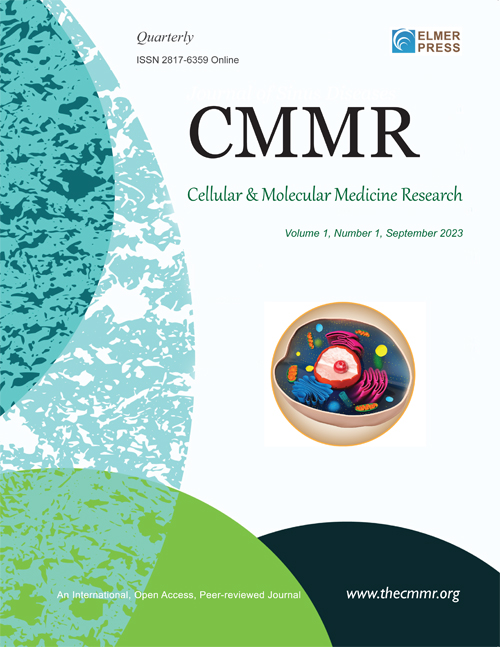Screening for Light Chain Monoclonal Gammopathy of Undetermined Significance: Pseudo Epidemic Based on Current Diagnostic Criteria
DOI:
https://doi.org/10.14740/cmmr103Keywords:
Serum free light chains, Light chain monoclonal gammopathy, Light chain predominant multiple myeloma, Monoclonal gammopathy of undetermined significance, FLC-UIFEAbstract
Background: An abnormal serum free light chain ratio has been promoted as a marker for light chain monoclonal gammopathy, even in the absence of any other evidence of lympho-plasmacytic pathology. The diagnostic ratio has been used primarily to support the diagnosis of kappa light chain monoclonal gammopathy of undetermined significance (MGUS). The recommended diagnostic ratio has varied from > 1.65 to > 3.15.
Methods: Serum free light chain values as well as serum and urine immunofixation results were retrieved from medical records for the period of January 1, 2010, to June 30, 2024. Laboratory and clinical data for 4,998 specimens were reviewed to ascertain the presence/absence of monoclonal gammopathy.
Results: In patients with no other evidence of lympho-plasmacytic monoclonal disorder: 1) three of seven specimens with κ/λ ratio < 0.25 exhibited monoclonal lambda light chains in urine; 2) in specimens with κ/λ ratio of 1.66 to 2.9, 13 of 547 (2.4%) had monoclonal kappa light chains in urine; 3) in specimens with κ/λ ratio of 3 - 353, ten of 53 (18.8%) demonstrated monoclonal kappa light chains in urine.
Conclusions: Diagnosis of patients with a κ/λ ratio of > 3 or 3.15 as having kappa chain MGUS would result in an unsupported diagnosis, pseudo epidemic, of a premalignant lesion in > 80% of instances. The serum free light chain ratio is not a reliable parameter for diagnosing or excluding light chain monoclonal gammopathy. Before a patient is given the diagnosis of a pre-malignant monoclonal disorder, monoclonality of immunoglobulins ought to be documented, or there becomes a risk of generating a “pseudo epidemic” of MGUS diagnoses.

Published
Issue
Section
License
Copyright (c) 2024 The authors

This work is licensed under a Creative Commons Attribution-NonCommercial 4.0 International License.






